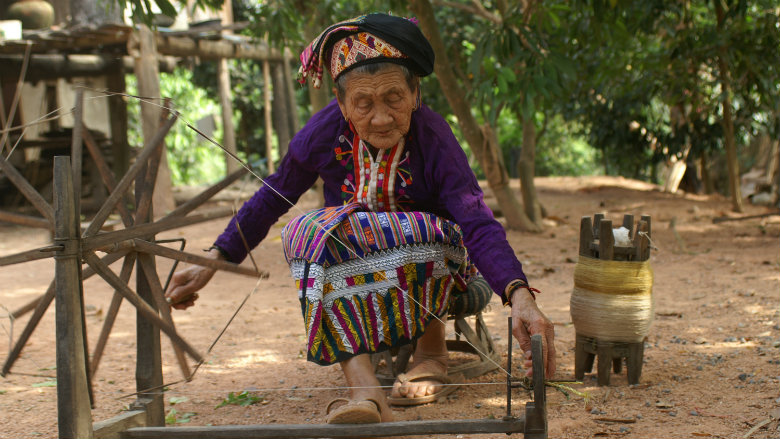Key Findings
Ethnic minority groups in Lao PDR other than the majority Lao-Tai have a higher incidence of poverty.
- Ethnic minorities lag behind the Lao-Tai ethnic majority in all areas of welfare.
- The poor among ethnic minorities are worse off than the poor in Lao-Tai groups.
- The welfare gap between ethnic minorities and majority can be attributed to differences in education levels, amount of land owned, income sources, access to electricity, and other economic opportunities.
Ethnic minorities are poorer due to their demographics and low education levels, causing a vicious cycle of poverty.
- The fertility rate of the Lao-Tai ethnic majority in 2012 was around 2.6, compared to 4.2 and 5.5 among Mon-Khmer and Hmong-Mien ethnic minorities.
- These larger household sizes are made up of more dependents than workers. The larger number of dependents causes school dropouts due to financial constraints. This in turn causes early marriages and teenage pregnancies which drive up fertility rates.
- Fewer household members have at least a secondary education.
- They have fewer economic opportunities and are less likely to own a business, have access to markets and electricity, and more likely to live in remote areas.
Understanding these reasons can suggest the best policies to address the welfare gap:
- Policies to address high fertility rates among ethnic minorities:
- Expanding the supply of contraceptives.
- Improving access to high quality health and education services.
- Policies to address low school progression among ethnic minorities:
- Making schools more accessible: boarding facilities, transportation arrangements.
- Keeping girls in school by using social protection instruments to ease the financial burden of sending children to school.
- Policies to improve economic opportunities in ethnic minority communities:
- Equalizing access to markets and electricity in the poorest communities
- Supporting livelihood initiatives.

